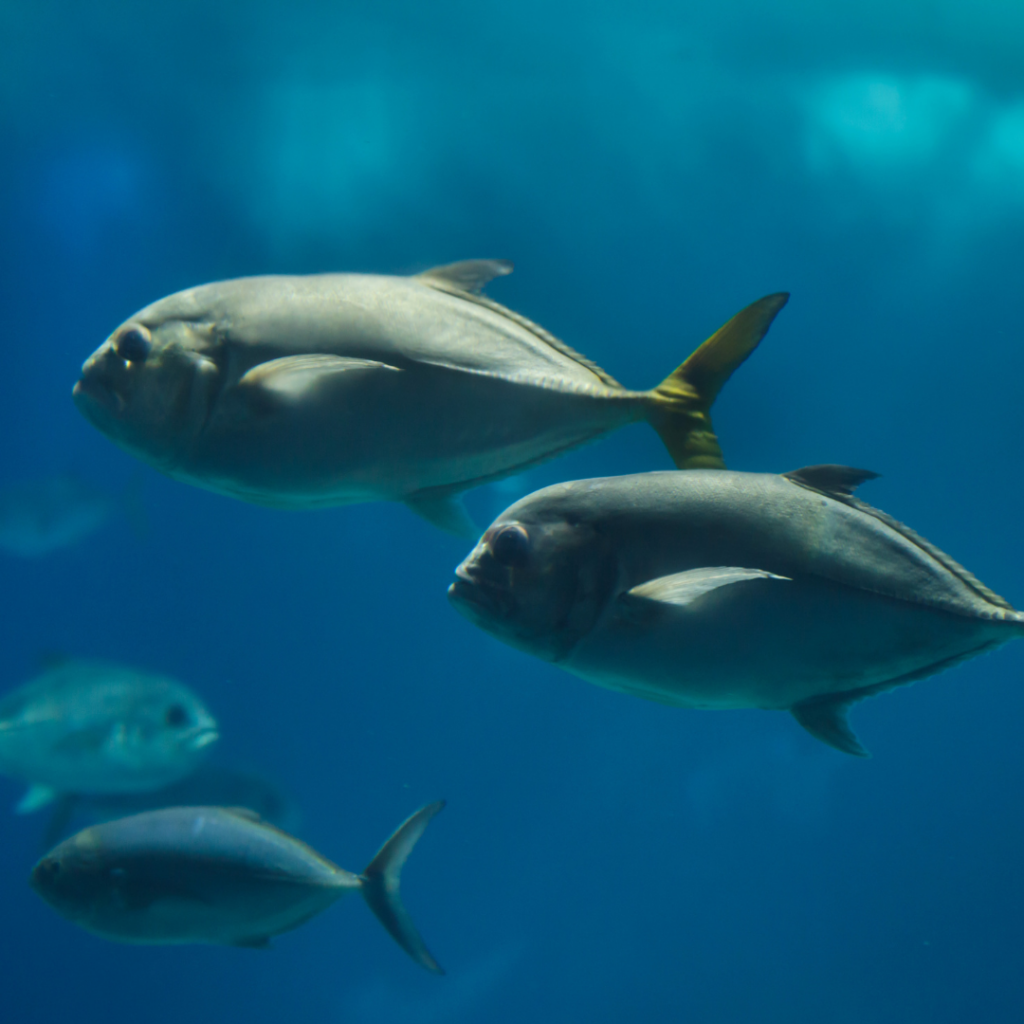As chefs, one of the most exciting aspects of our craft is the ever-changing palette of ingredients that nature provides. Among these culinary treasures, fish stand out as a dynamic and diverse ingredient, but they come with their own unique rhythm dictated by the changing seasons. In this article, we’ll dive into the fascinating world of fish seasonality, exploring what impacts it and why understanding it is essential for creating exceptional dishes that celebrate freshness and sustainability.
The Rhythms of the Sea
Fish seasonality refers to the natural cycles of availability that different species of fish exhibit throughout the year. Just as the changing seasons influence the growth of fruits and vegetables, factors like water temperature, migration patterns, and spawning habits influence the presence of various fish in our oceans, rivers, and lakes. Embracing fish seasonality not only ensures that chefs work with the freshest catches but also contributes to sustainable fishing practices and responsible sourcing.



Factors Influencing Seasonality
Water Temperature: Fish are highly sensitive to water temperature. As the temperature changes with the seasons, so does the behavior of different fish species. Warmer water might attract certain species to migrate or spawn, while cooler waters could trigger migrations of other species.
Spawning Habits: Many fish species have specific times of the year when they reproduce. During spawning, fish might become less abundant as they focus on propagating their species rather than feeding.
Migration Patterns: Fish often migrate in search of optimal conditions for feeding and reproduction. These migrations can lead to the presence of certain fish in specific regions during certain seasons.
Food Availability: Fish feed on other marine life, and the availability of their prey can impact their presence. Changes in the abundance of smaller fish or plankton can influence the movement of larger predator fish.
Environmental Factors: Environmental factors such as water salinity, oxygen levels, and currents can impact the distribution and behavior of fish populations.
Weather: Weather conditions, including temperature, storms, and ocean currents, play a significant role in fish migration and availability. Changes in weather patterns can affect water temperature and nutrient distribution, influencing the movement and behavior of fish species. For instance, shifts in wind patterns can lead to upwelling, bringing nutrient-rich waters to the surface and attracting various marine life, creating opportunities for certain fish to thrive during specific seasons.
Why Seasonality Matters
Freshness and Flavor: Fish that are in-season are at their peak in terms of flavor and texture. They are more likely to be caught closer to your location, reducing the time between catch and plate.
Sustainability: Embracing fish seasonality supports sustainable fishing practices. Fishing responsibly and avoiding overfishing during sensitive times like spawning seasons helps protect fish populations for future generations.
Economic Impact: Sourcing in-season fish can positively impact local economies, as it encourages the consumption of fish that are readily available from nearby waters.
Environmental Impact: By choosing in-season fish, you contribute to reducing the carbon footprint associated with transporting out-of-season species from distant locations.
Culinary Creativity: Adapting to the changing availability of fish challenges chefs to think creatively and explore new flavors and preparations.
Navigating Fish Seasonality
To make the most of fish seasonality, chefs need to stay informed about the species that are in-season in their region. We are happy to provide our seafood expertise to guide you in making sustainable and delicious choices! See below for the What Chefs Want seasonality chart.

